Abandoned mines have harmful effects on water quality and fish habitat across the country, but lawmakers can make it easier for volunteers to shoulder some of the cleanup effort without taking on big risks
Coal mining may be a major part of Pennsylvania’s cultural history, but groups like Trout Unlimited are concerned that abandoned mines could threaten the future of some of the state’s most popular trout streams.
Here are the numbers: There are roughly 500,000 abandoned mines across the country—46,000 of these are on public lands—where heavy metals and acidic runoff cause water quality issues on approximately 110,000 stream miles. With 20 percent of these waters serving as habitat for native trout or salmon, this should be of national concern to anglers.
But the backlog of abandoned mines really hits home in the Keystone State, where one-third of all derelict mining operations in the U.S. are located. As of 2006, this left the state with approximately 4,000 miles of streams that were essentially devoid of all aquatic life, according to the Pennsylvania Fish and Boat Commission.
The good news is that elected officials have an opportunity to let well-intentioned groups and volunteers get in on the daunting task of cleaning up the mess, with legislation that would remove a major hurdle.
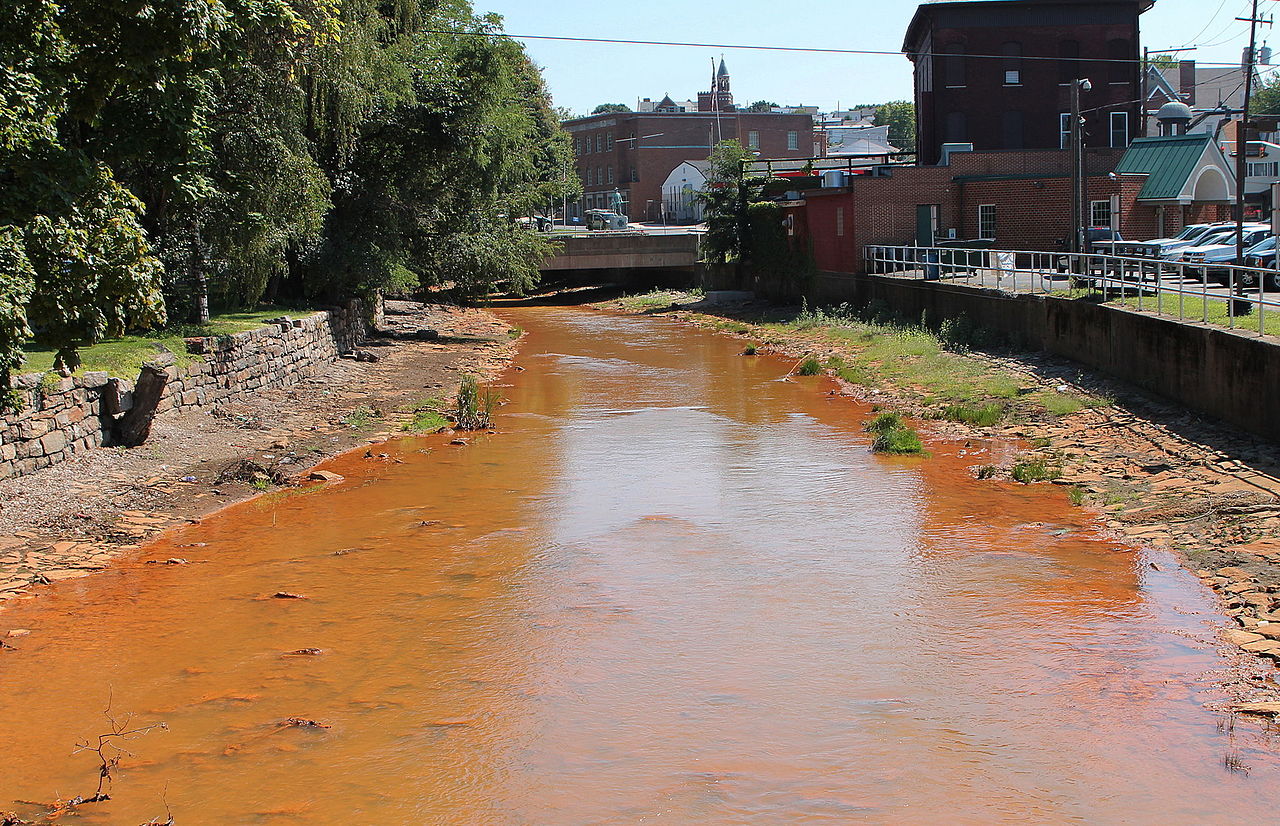
A New Endgame
These days, before a coal mine commences operations, a plan is created for its eventual shutdown—even if that may be decades down the road. Mining companies have to figure out how they will dispose of leftover waste and complete a full cleanup, but this wasn’t always the case.
While some states started regulating the coal industry in the 1930s and 1940s, the federal government didn’t begin regulating active coal mining until 1977. At that time, Congress passed the Surface Mining Control and Reclamation Act to address concerns about the environmental effects of roughly two centuries of mining in the United States.
It used to be that businesses would simply pack up and leave when mines were no longer productive, forcing the surrounding community to deal with the negative repercussions on water resources and the local economy. In many cases, these abandoned mines were “orphaned,” meaning that the government cannot find the original mine owner, which puts taxpayers on the hook for the cleanup. The surface mining legislation of the 70s required that mining companies abide by a set of environmental standards and create plans for the reclamation of land after mining was complete.
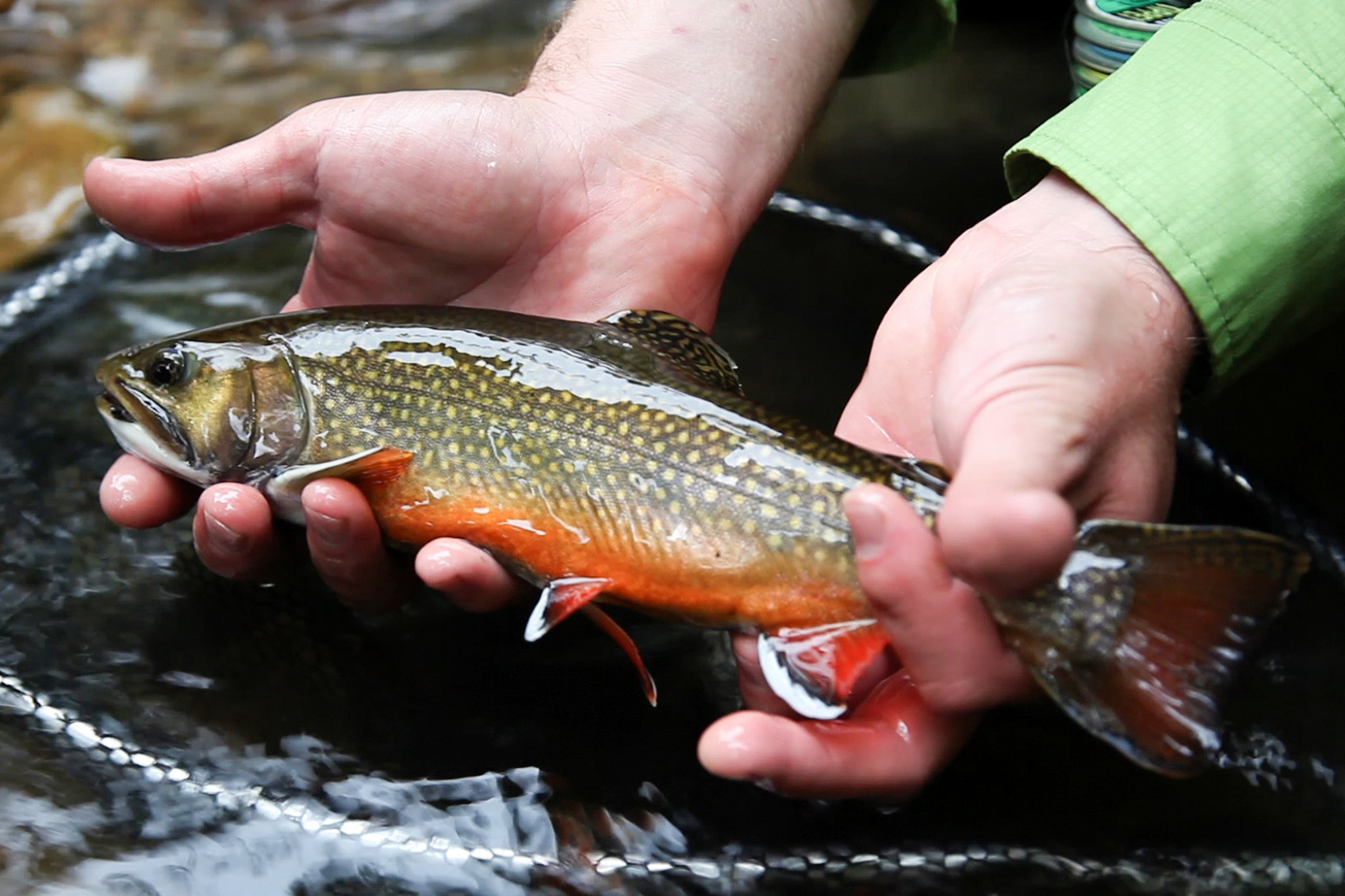
The Cost for Fish and Water Quality
People who live near abandoned mine sites can be exposed to serious health hazards from the toxic runoff, so it’s easy to see how bad this can be for fish. Sediment runoff can carry contaminated silt and debris downstream, clogging waterways and altering river flows that keep water at a steady temperature for coldwater fish. Highly acidic waters that come out of abandoned coal mines can decimate fish populations and make some streams completely uninhabitable for any aquatic life, including food sources important to fish we love to catch.
Some of the Pennsylvania’s severely impaired streams are dangerously close to highly productive fisheries. For example, the headwaters of Kettle Creek are Class A wild trout waters popular with fly fishermen, but fifteen miles of the main stem were virtually lifeless by the 1950s because of past mining activity.
That’s where Trout Unlimited stepped in to help. They partnered with Kettle Creek Watershed Association in 1998 to install passive treatment systems that help normalize highly acidic water and, utilizing traditional remediation techniques, they’ve been able to clean up almost the entire creek, which has reopened fishing access in places like Twomile Run.
But even well-intentioned groups like TU have to overcome two major hurdles to help with cleanup efforts that are critical to ensuring that the next generation has quality places to hunt and fish.
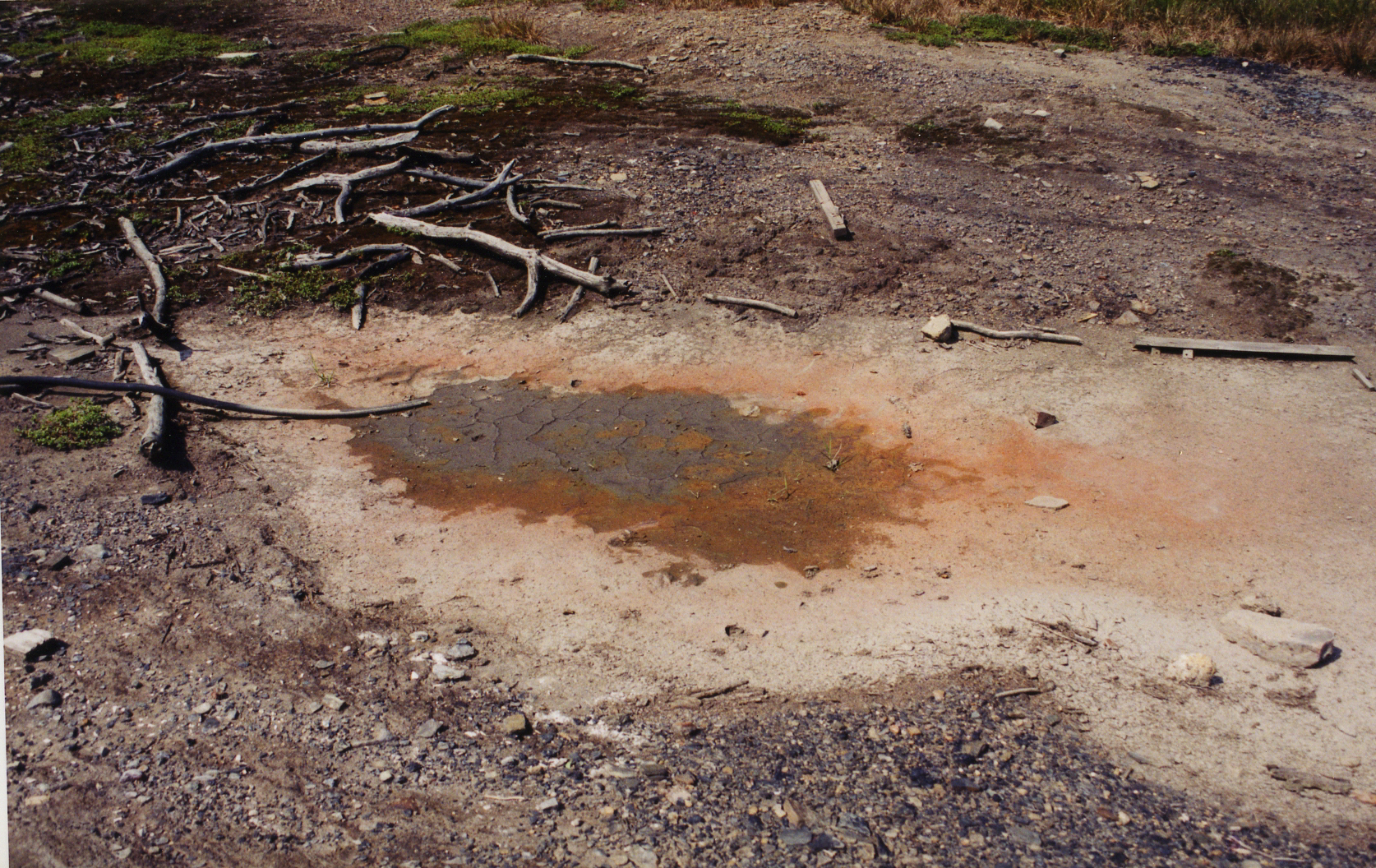
Here’s the Rub
The Surface Mining Control and Reclamation Act also created a means of paying for the cleanup of abandoned mines by assessing a small fee on every ton of coal produced. Since the creation of this trust fund, more than $5 billion has been distributed to states in the form of grants to help clean up abandoned mining lands.
But funding for this program expires in 2021. It might not seem urgent, but the last reauthorization took nearly a decade, and opponents of the trust fund are already advocating for the immediate end of the program and fees on the production of coal.
Even if we secure this important funding, there’s an urgent need for “Good Samaritan” legislation that will allow non-federal entities, like TU, to help clean up abandoned mine sites.
Under current legislation, if a nonprofit steps in to help clean up an abandoned mine site, they are legally liable for any issues with the site in perpetuity, even if they had no prior connection to the project. This limits the opportunities for volunteer groups or organizations to shoulder some of the burden of cleaning up and helping to restore fish and wildlife habitat for the next generation, because they cannot take on the incredible risks.
Pennsylvania has provided reasonable liability protection for groups that want to help clean up abandoned mines, and many organizations have stepped up. We’re supportive of TU’s efforts to educate sportsmen and women about Good Samaritan legislation and the ongoing risks abandoned mines pose to fish, wildlife, and clean water in Pennsylvania and across the country.
Watch their video to learn more.
First and last photo by Peter and Laila via flickr.

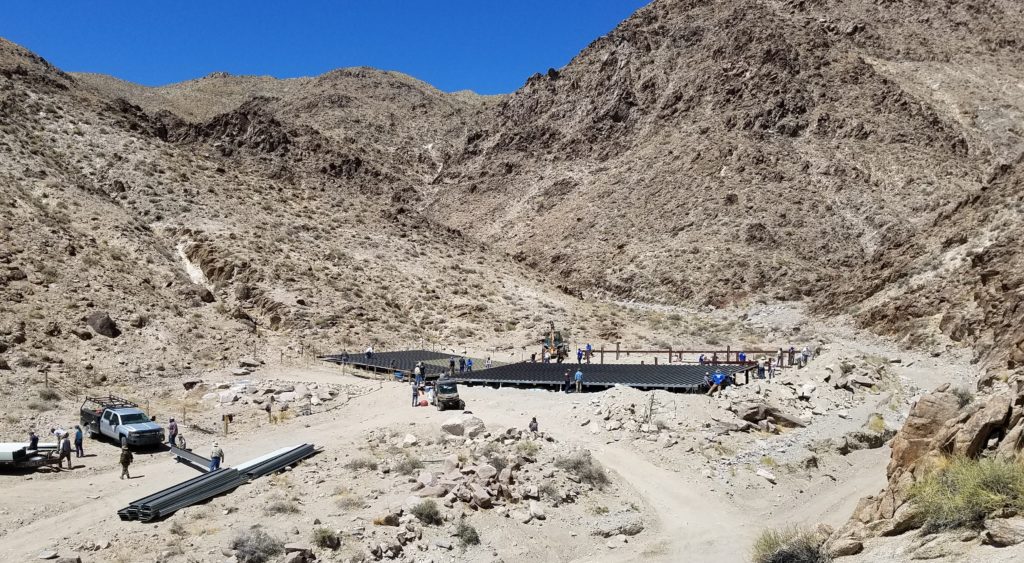


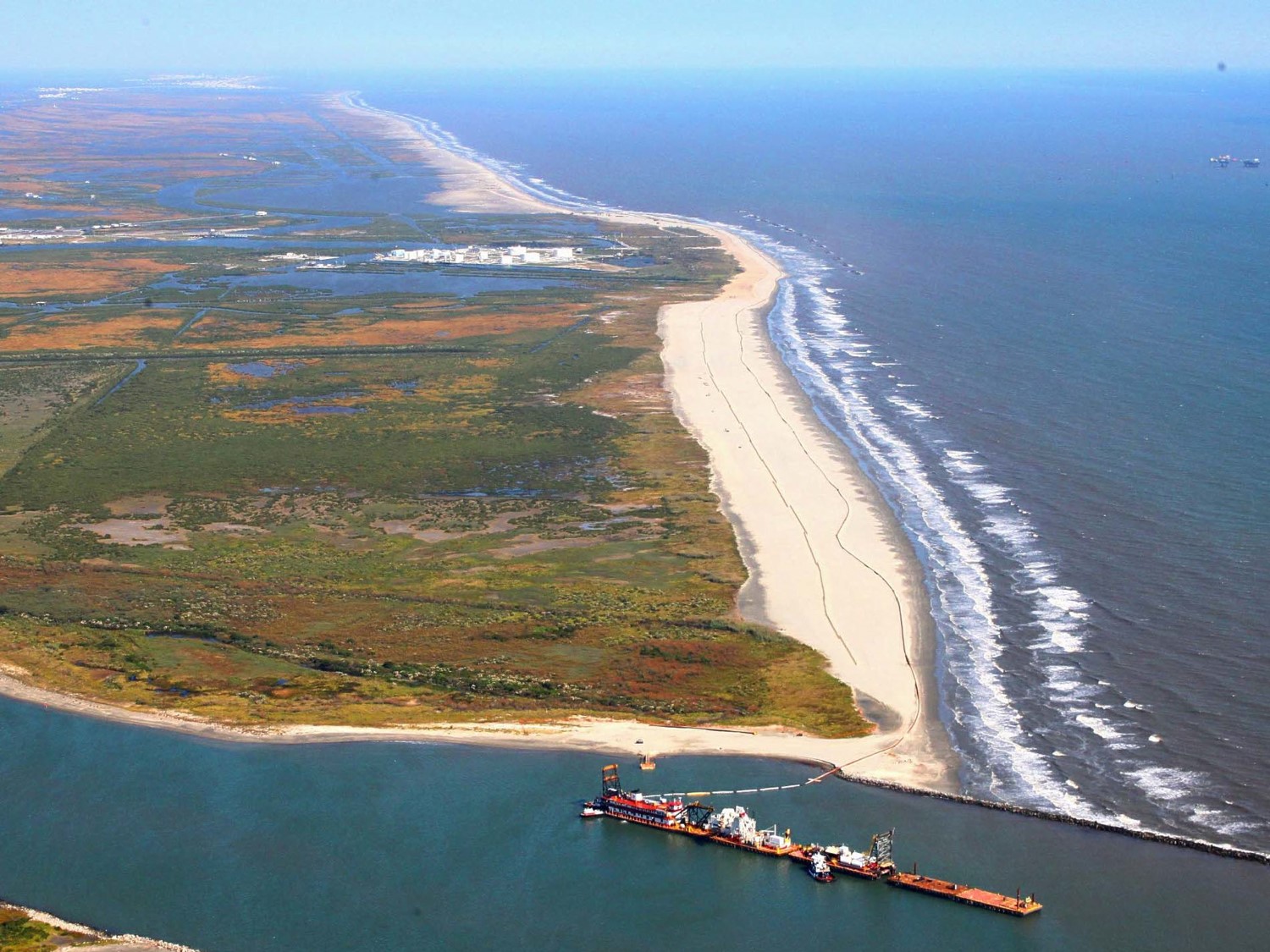

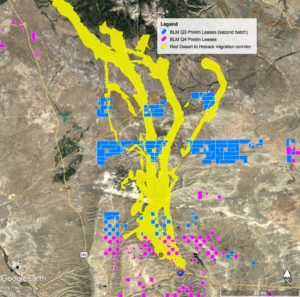





I would appreciate the opportunity to reach out to my elected officials to let them know that this issue is important to me. The TRCP does a fantastic job creating documents that outline our needs and I have enjoyed putting my name on them as they are passed to my representatives.
Damon, you can use this site/form to email your reps with support for Good Sam. Thanks, TRCP for highlighting the need for this important legislation.
SMCRA included loopholes that let the companies “self bond”, that is let the assets of the company act as the financial assurance for the reclamation of the site. However, many companies escaped their liability through bankruptcy. SMCRA funds weer not, are not, and never will be adequate to pay for the necessary reclamation and, equally important the ongoing water treatment needed for the drainage and leachate from the pits and waste heaps. The coal mining states and OSM, politically controlled by the mining companies have never required adequate financial assurances – AAA Bonds, third party insurance, funded irrevocable trusts, letters of credit that would not disappear in bankruptcy court. Good Samaritan legislation allowing independent parties to conduct response actions can be helpful if there are requirements for plan review and some oversight – a bad effort can make things worse. It is also important to note that coal is made up of many elements including a spectrum of toxic substances . Depending on the deposit these can range from aluminum (toxic to fish) through uranium. The state and federal governments have let the mining companies escape their liability for environmental damage through weak laws and enforcement.
Bravo and well said, this is a classic case of failure by the feds and states to enforce contracted agreements with the coal mining industry. Often times overburden was not returned to former mine sites. Congress must approve extension of SMCRA to ensure further assistance with these ecosystem disasters.
I was born and raised in Schuyllkill County, PA. I visited the west with some family at 10 years of age. What an eye opener. I went to Minersville High School. We were the Battlin Miners in sports. A Miners sillouette was our logo. The entire County was trashed. Water was orange, white, yellow, obsidian black during runoff. The water was so acidic, fish could not live. I still visit family there. No one seems to notice the desolation. I went in to the military in the late 60’s and have spent a few years there afterwards. I earned a natural resource degree in the west, and hope to die here. I live to hunt, fish, hike, backpack, etc. The mine companys have controlled the government there since the 1800’s. I’m pretty convinced a nuclear war would only improve the place. You could not pay me enough money to live in that hellhole. God must cry every time he looks down.
It’s time to get on the backs of the politicians and get this reinstated, Everyone call their respected representative , send a ton of e-mails, and get pro-active.